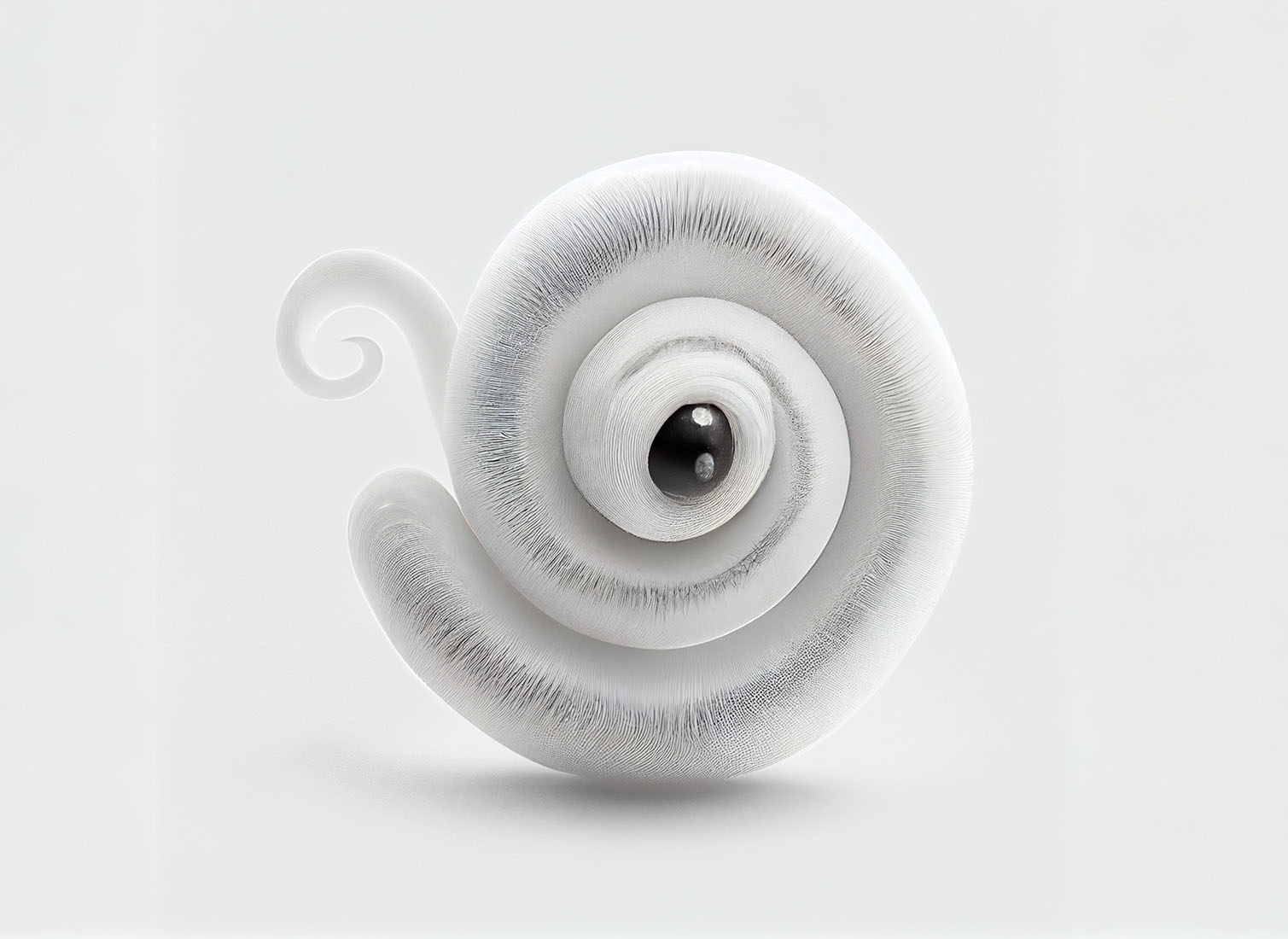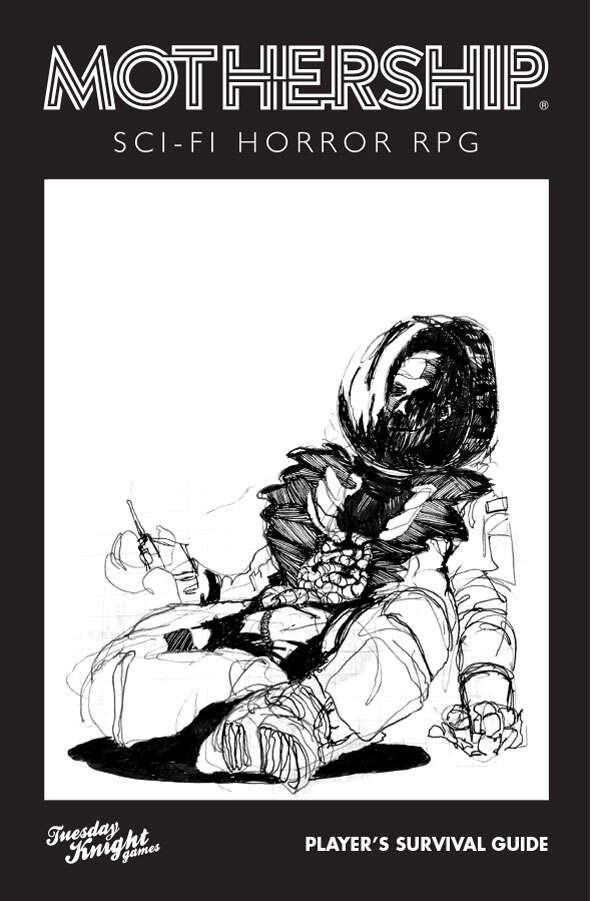Androids have a lot of advantages in Mothership, being functionally immune to a bunch of dangers that humans have to contend with.
So I thought it was only fair to level the playing field a bit…
PSEUDOMILK PARASITES

[W:1(3), Android Infestation: Body Save or 1d10 DMG/minute]
These opal-white flatworms have evolved to feed on the pseudomilk “blood” used by most androids and some supercomputer installations. They can notably infest android production lines, grinding synth factories to a halt.
They are, of course, also dangerous to individual androids, clotting their pumps and damaging their cybertronic systems (both directly and due to depriving them of pseudomilk).
In addition to individual androids, pseudomilk gestation pools, pseudomilk infusion bags, and the like, the parasites have evolved to embed themselves in synthflesh and plastic. They can also be found dormant in other liquids. This is particularly true of the parasite’s embryos, up to 40,000 of which of which may be found in a fertile proglottid.
They pose no known threat to humans.
Officials have now confirmed the reports of a massive outbreak of parasites among the pleasurebots on Pandora Station.
CUT TO—
Dr. Eberhaus: We’ve never seen anything like this. It appears that the Taenia lacsitienti on Pandora have evolved to infect human gonads with their larvae, allowing them to pass between android hosts via human sexual contact.
CUT TO—
It remains unclear what effect, if any, the worms may have on their human hosts, but those who may have been exposed — directly or indirectly — to the Pandora outbreak should schedule a medical scan as soon as possible.
LX-510 SuperNEWS Broadcast
Android Infestation: If an android touches a pseudomilk parasite, the worm will aggressively burrow into their skin with shocking speed. The android must succeed on a Body save [-] to prevent the worm from burrowing in, and must make an additional Body save once per minute or suffer 1D10 damage.
Treatment is difficult:
- Immediately amputating a limb has a 90% chance of stopping a burrowed parasite (-20% chance per round).
- Applying flame or acid to the wound may kill the worm, dealing 1 point of damage to the worm for every 3 points suffered by the android.
If the worm has burrowed deep, a cybernetic diagnostic scanner may be able to locate the worm, although extracting it without inflicting significant physical trauma will likely be difficult or impossible without proper treatment facilities.
An emergency exsanguination will disable the android and, if not carried out with proper equipment, carries a risk of significant damage (Body save or 3D10 DMG). But it can also force the worm to make a Body save or suffer 1D10 DMG. (Even if it survives, the worm will usually enter a dormant state and reduce damage checks to once per day, possibly allowing enough time for the android to be moved to a proper treatment facility.)
If an android has been infested by a worm for more than ten minutes, they must also make a Body save to determine if they have a larval exposure (see below).
Larval Exposure: When individual androids are exposed to parasitic larvae, for example,
- wading or bathing in contaminated liquids
- physically interfacing with an infested android/system
- using a contaminated synthflesh or plastic item
- wearing infested power armor or clothes
they must succeed on a Body save [-] or become infested, with 1D6-1 worms hatching 2D10 hours later and every hour thereafter. (Each additional worm after the first adds +1 damage per damage check.)
Risky Environments: Androids in risky environments — e.g., powering down in a parasite-infested facility — might have a 1 in 6 chance per hour of attracting the attention of a pseudomilk parasite.
Valpurna Cyberdoc: Bite marks identified on right calf. Source biological or synethetic?
Ettin 5: Synthetic. w0lf-XYα security pack.
Valpurna Cyberdoc: Initiating emergency parasitic scan.













Nice and icky. Great to throw into a mothership game.
It could be intentionally left to the warden to decide, but while reading I switched from imagining the worms to be fingernail sized to being much larger; maybe the length is an adults lower arm.
The paragraph aboveabove “larval exposure” seems to end abruptly. Maybe something for lost in publishing.
Obligatory: long time lurker, first time commenter. Thanks for all the great and encouraging articles.
This is unutterably disgusting. I approve.